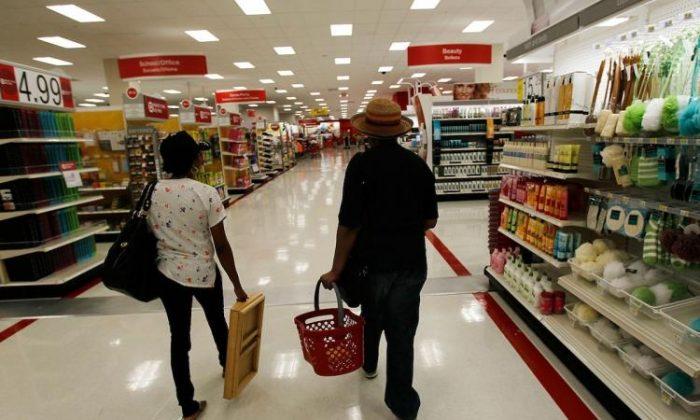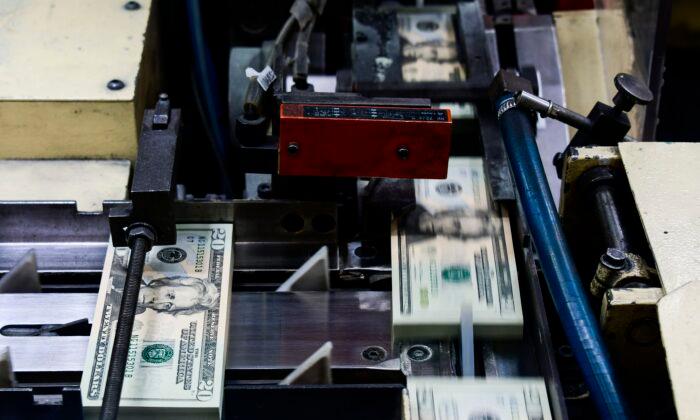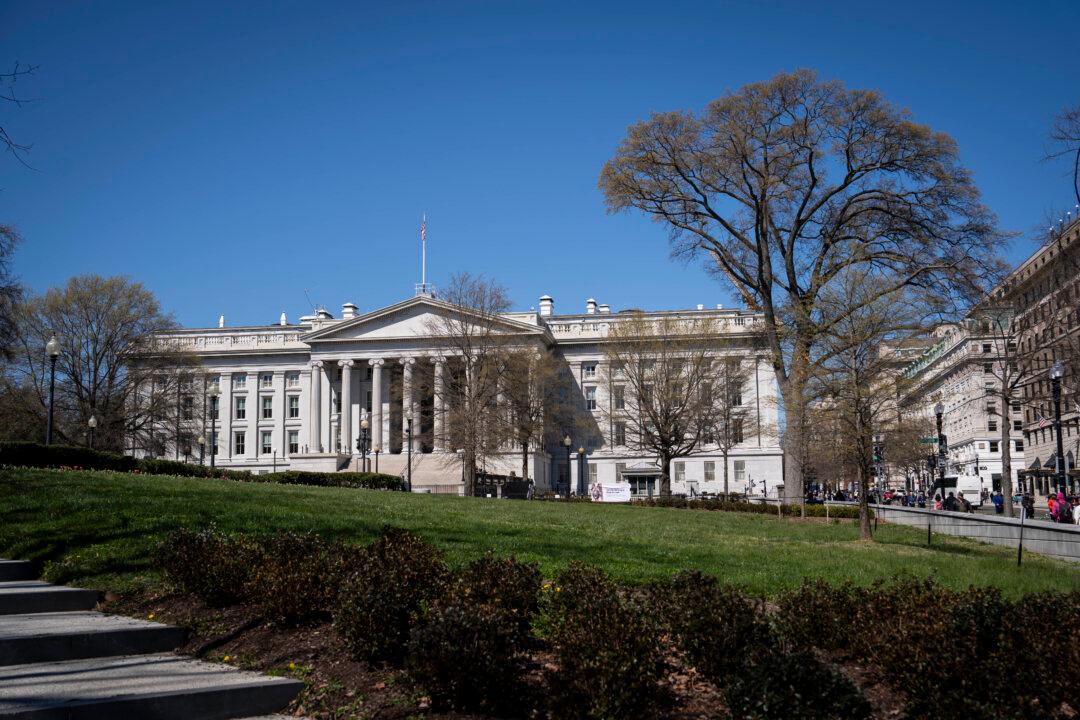Inflation is hurting consumers, and the effects on daily purchases are more severe than the Federal Reserve and consensus estimates may want to believe.
The so-called “recovery” has exchanged unemployment for inflation, leaving consumers fighting to make ends meet despite job growth.
Interventionists say inflation isn’t a problem because it’s a function of high growth and point to higher wages as a mitigating factor. To them, people are earning more, so they can afford the same and continue to consume.
Inflation is hurting businesses, eroding their margins in an allegedly strong economy, and consumers can’t make ends meet with falling real median wages. This isn’t a strong economy, it’s a disaster waiting to happen as inflation remains elevated. Even the Federal Reserve now admits inflationary pressures are “persistent.”
The U.S. economy is living on borrowed time. In a recent JPMorgan Special Report “The 2022 US economic outlook: Help wanted,” the investment bank estimates a robust growth in consumer spending for 2022 predicated on the reduction of what they call “excess savings”—ask any hardworking family if they’ve saved too much—and reduction of unemployment.
However, what the current economic slowdown is showing is that this so-called “recovery” has many elements of a crisis—the erosion of purchasing power, rising misery index, and general loss of welfare while savings are depleted.
Consumer confidence would be even worse if the level of savings had fallen faster. But that savings rate is now close to pre-pandemic levels. Consumers have been using their savings to make ends meet and now find a dangerously weak labor market, rising inflation, and poor prospects of improvement. Furthermore, small businesses are suffocated by input prices as their sales rise but margins and profits plummet. Small businesses are seeing a recovery where sales improve but the financial situation worsens. And businesses are consuming their savings and credit availability fast.
Meanwhile, the U.S. government, advised by theorists who believe that a unit of deficit is a unit of revenue for the private sector, something that’s simply false, continues to spend and increase debt, almost fully monetized by the Fed, perpetuating inflation and bottlenecks with unnecessary spending after a supply shock. No serious government launches a massive demand-side spending spree to address a supply shock.
U.S. consumers have been able to endure this period because of prudent saving and moderating their consumption levels, but the cushions that have allowed them to get through these months are vanishing. Time to stop the spending, deficit, and printing lunacy, or the stagflation of the 1970s won’t be a risk, but a reality.






Friends Read Free